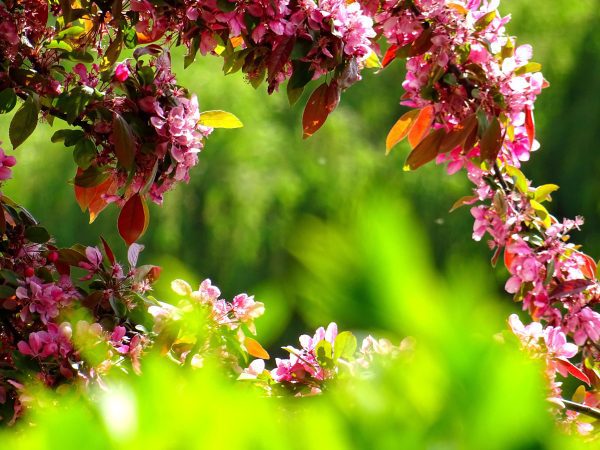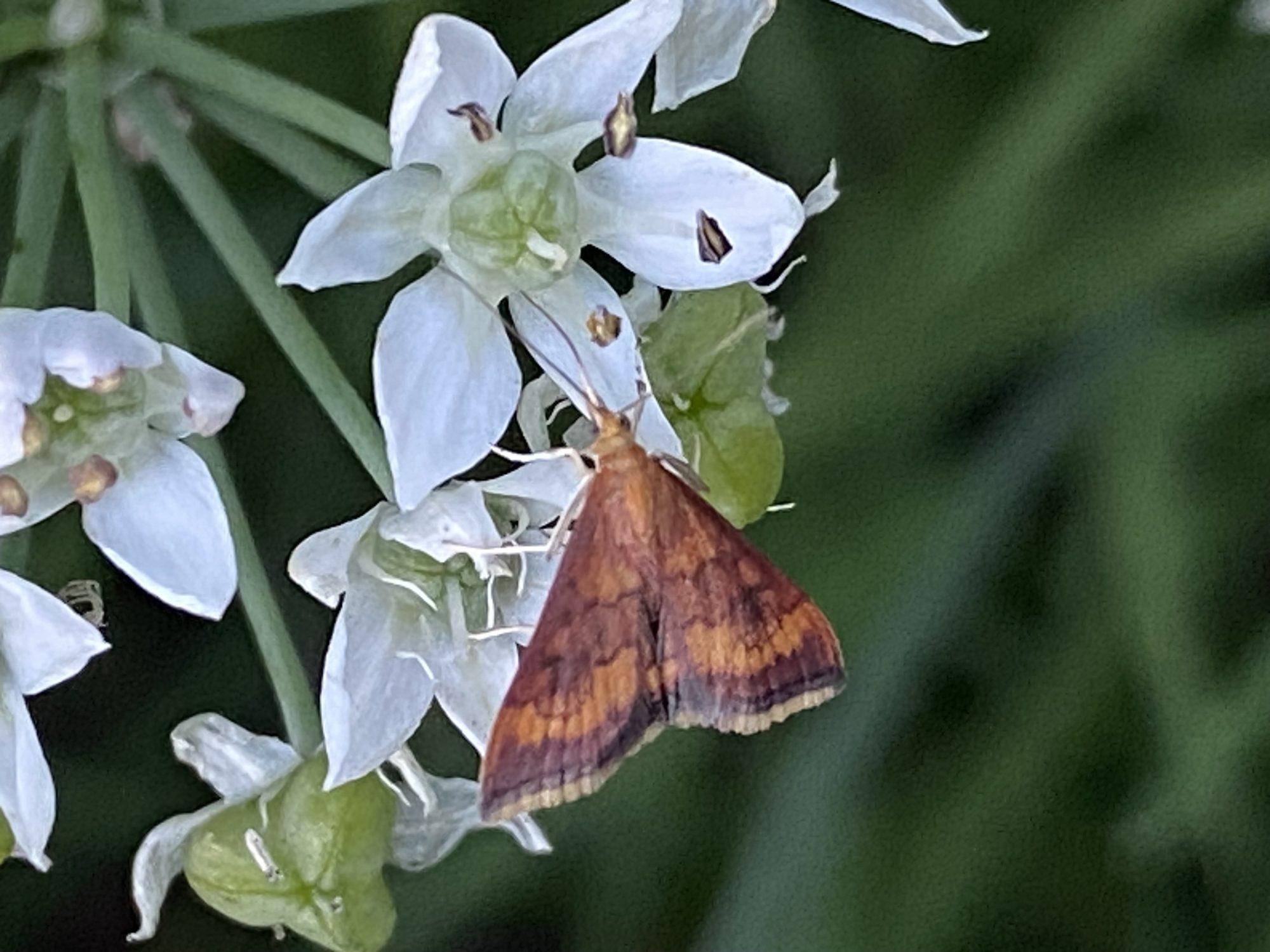Garden Review 2023

The mild weather we enjoyed this Christmas was a stark contrast to the extreme cold we endured around the holidays last year. The string of lows in the single digits and teens affected my garden well into 2023.
The bitter cold came on the heels of an exceptionally warm and dry fall. I always aim to divide and transplant perennials in October, but I had to wait until the weather finally turned more favorable, which wasn’t until early December. The vulnerable plants didn’t have time to get established before the cold spell hit. I lost multiple clumps of monarda and phlox. A year later, some of those spots are still bare.
The cold was so intense and prolonged, I didn’t even bother to swaddle my vegetable plot with worn-out sheets. I lost most everything I’d planted or sowed in October except for the cilantro and sorrel. I never knew they were so hardy! The sorrel flourished, almost shamelessly. I eventually had to grapple with an existential question. What does one do with an abundance of sorrel?

I used it to make a classic, creamy sauce for salmon. t was delicious, but rich – not something you want to eat every week. I added it to salads, but it didn’t seem tender enough to eat fresh. I substituted it for other greens in soups and pasta sauces, but it didn’t hold up to simmering. Given its limited appeal in the kitchen and the limited space in my vegetable plot, I haven’t planted it again. That said, I’m holding on to an extra pack of seeds in case I find myself in dire need of a reliable source of greens.
July was the hottest month ever recorded globally (and 2023 was ultimately the hottest year on record), but here in the Piedmont, our summer was relatively mild and we received regular rains. The conditions seemed to suit the Italian basil. My three plants produced bushel baskets. We still have plenty of pesto in the freezer to remind us of summer’s abundance. The cucumbers were also happy. I generally grow Kirby picklers, but this year I also tried a long variety, ‘Tasty Green.” It performed just as well, and I actually preferred its flavor.
Thanks to the rabbits, this was yet another summer without green beans. I even tried to outsmart them. Instead of a bush variety, I planted pole beans and surrounded them with willow cages to climb. The rascals still managed to reach inside and nip the tender plants. My tomatoes did fairly well up until the weather turned so dry in September, at which point the vines flamed out. My sister somehow managed to keep harvesting cherry tomatoes until the end of November!

This fall had haunting similarities to last year – relentless heat and drought. We had 2.8” of rain on Sept. 9, about an inch a month later, then nothing more than a sprinkle until the week of Thanksgiving. With trepidation, I sowed lettuce, arugula, radishes and dill at the end of September. I also included a dozen starts of red leaf lettuce, romaine and Swiss chard. Good thing – the arugula did fairly well but the lettuce I sowed never came up. It was probably too hot and dry. Every time I gave the garden a quick sprinkle, I imagined my water bill escalating like a price ticking up at the gas pump.
For the first time, the rabbits took a toll on the chard. I finally yanked it out. That’s a real loss for the winter, as is the lack of cilantro. By the time I got around to planting, all the seeds were sold out. Alas, I’m currently not growing the one thing that might survive another extreme cold spell.
But the dill is still going strong even after lows in the 20s, and we ate the last of the romaine on Christmas Eve. But this year’s greatest success – and joy – was the garlic chives, which have proven to be a hardy and unfussy perennial, along with oregano and thyme. I prefer the milder flavor of standard chives, which I also grow, but pollinators apparently find the lovely white flowers of the garlic chives utterly irresistible. For that reason alone, I’m glad to give them space in my garden.
The garden is always a mix of failure and success. And just as in life, the trick is to learn from both.